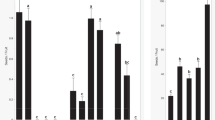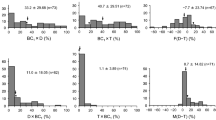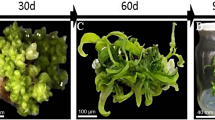Abstract
The Endosperm Balance Number (EBN) hypothesis was developed in the early ’80s to explain the basis for normal seed development after intra- and inter-specific crosses, first in the potato and then in several other crop species. According to this hypothesis, each species has a genome-specific effective ploidy, the EBN, which must be in a 2 : 1 maternal to paternal ratio in the hybrid endosperm for normal development of the endosperm itself. This paper reviews how the EBN may act as a powerful isolating mechanism in sexual reproduction, maintaining the genome integrity of the species and playing an important role in the speciation of polyploids from diploids. We also provide further evidence that EBN is more important than chromosome ploidy in determining the success or failure of interspecific crosses. In fact, results from inter-ploidy and inter-EBN crosses to infuse 1EBN Solanum commersonii into 4EBN S. tuberosum demonstrated that the knowledge and manipulation of EBN is a useful tool in designing breeding schemes and in predicting the offspring ploidy and EBN. In this paper we also discuss the exceptions to the 2 : 1 EBN ratio, and report the evidence for endomitosis in the polar nuclei to explain exceptions to the EBN model in the potato.
Similar content being viewed by others
Author information
Authors and Affiliations
Additional information
Received: 22 December 1997 / Accepted: 19 May 1998
Rights and permissions
About this article
Cite this article
Carputo, D., Monti, L., Werner, J. et al. Uses and usefulness of endosperm balance number. Theor Appl Genet 98, 478–484 (1999). https://doi.org/10.1007/s001220051095
Issue Date:
DOI: https://doi.org/10.1007/s001220051095




